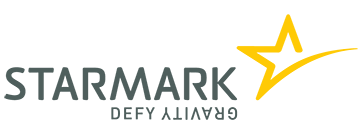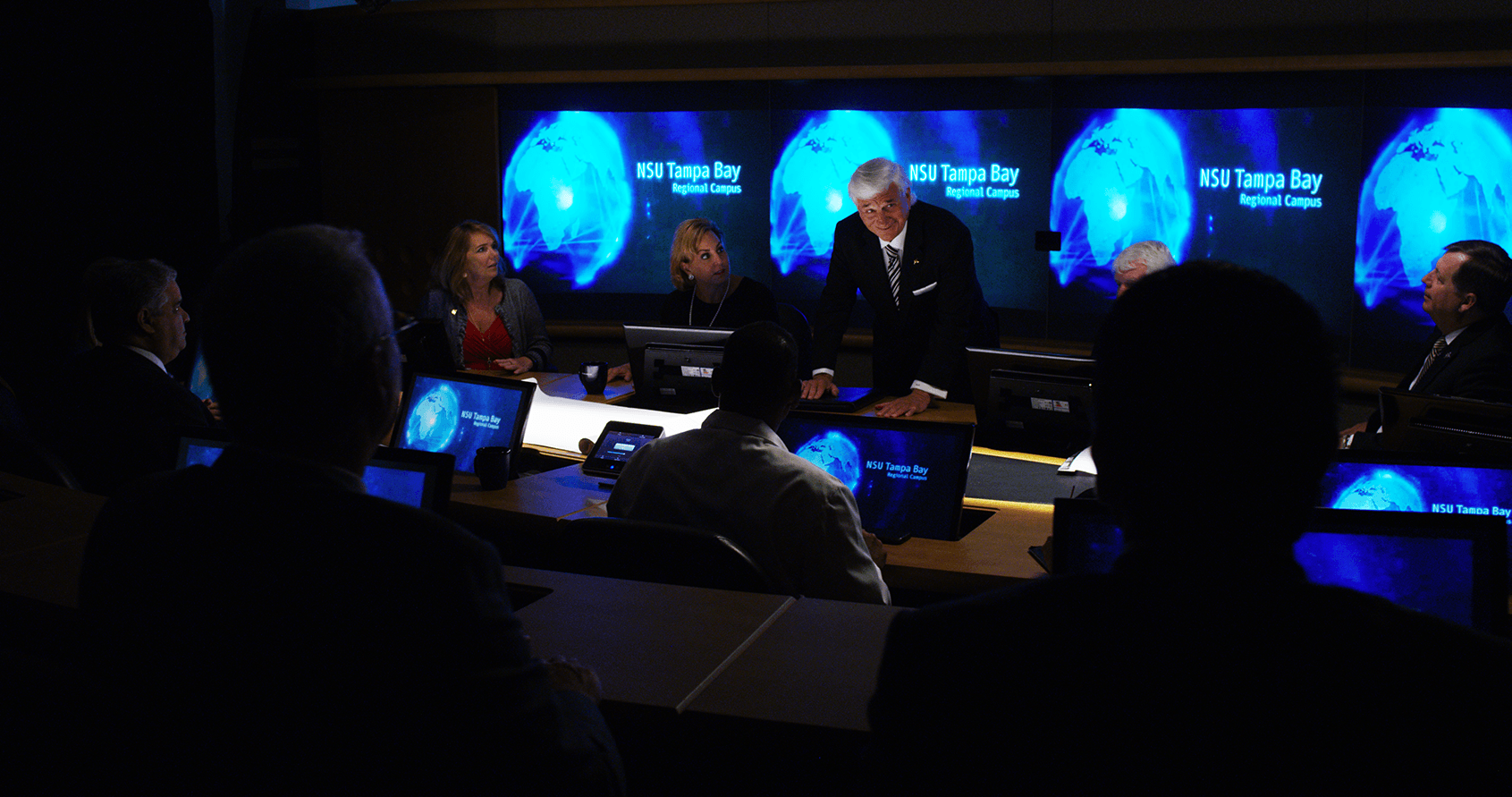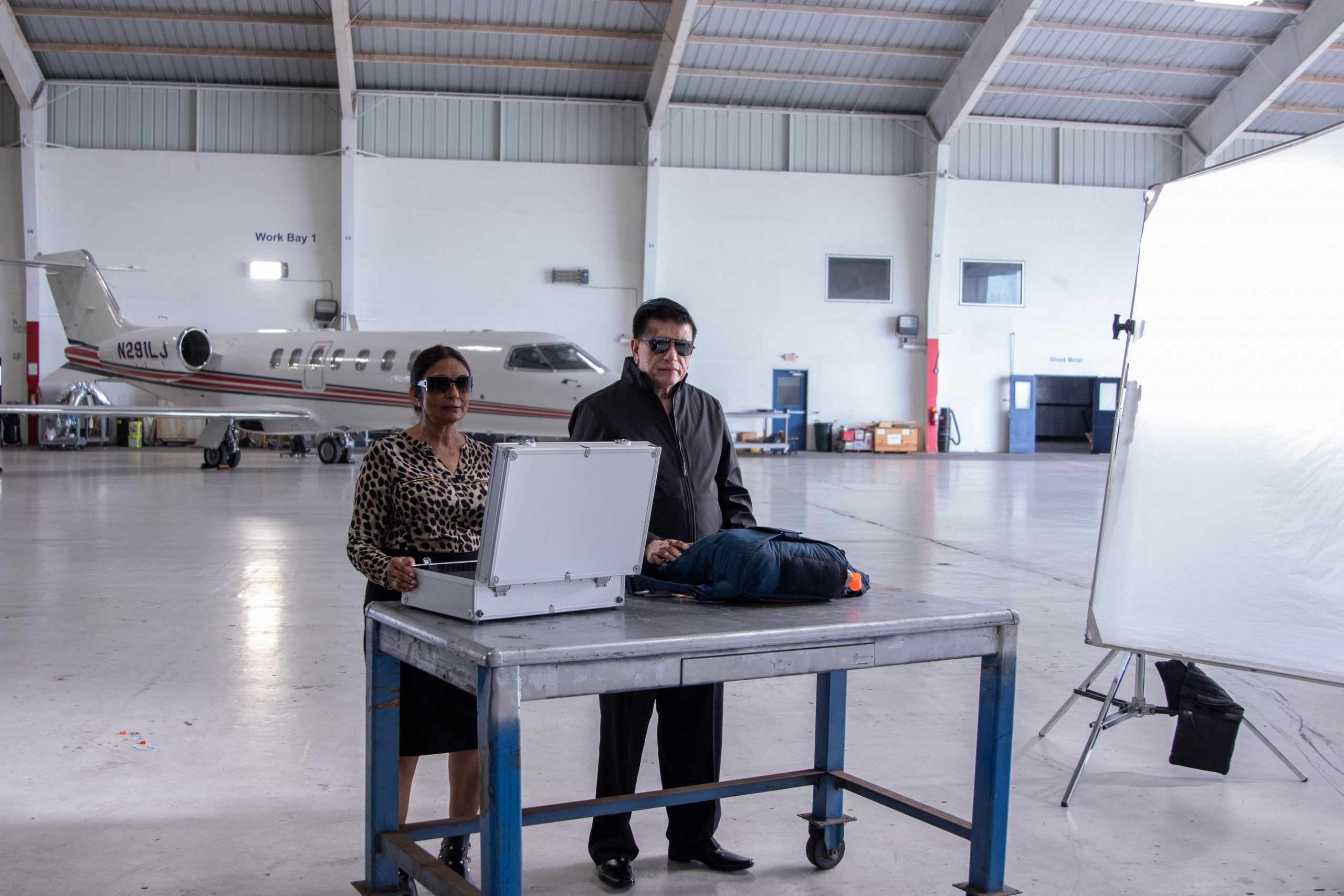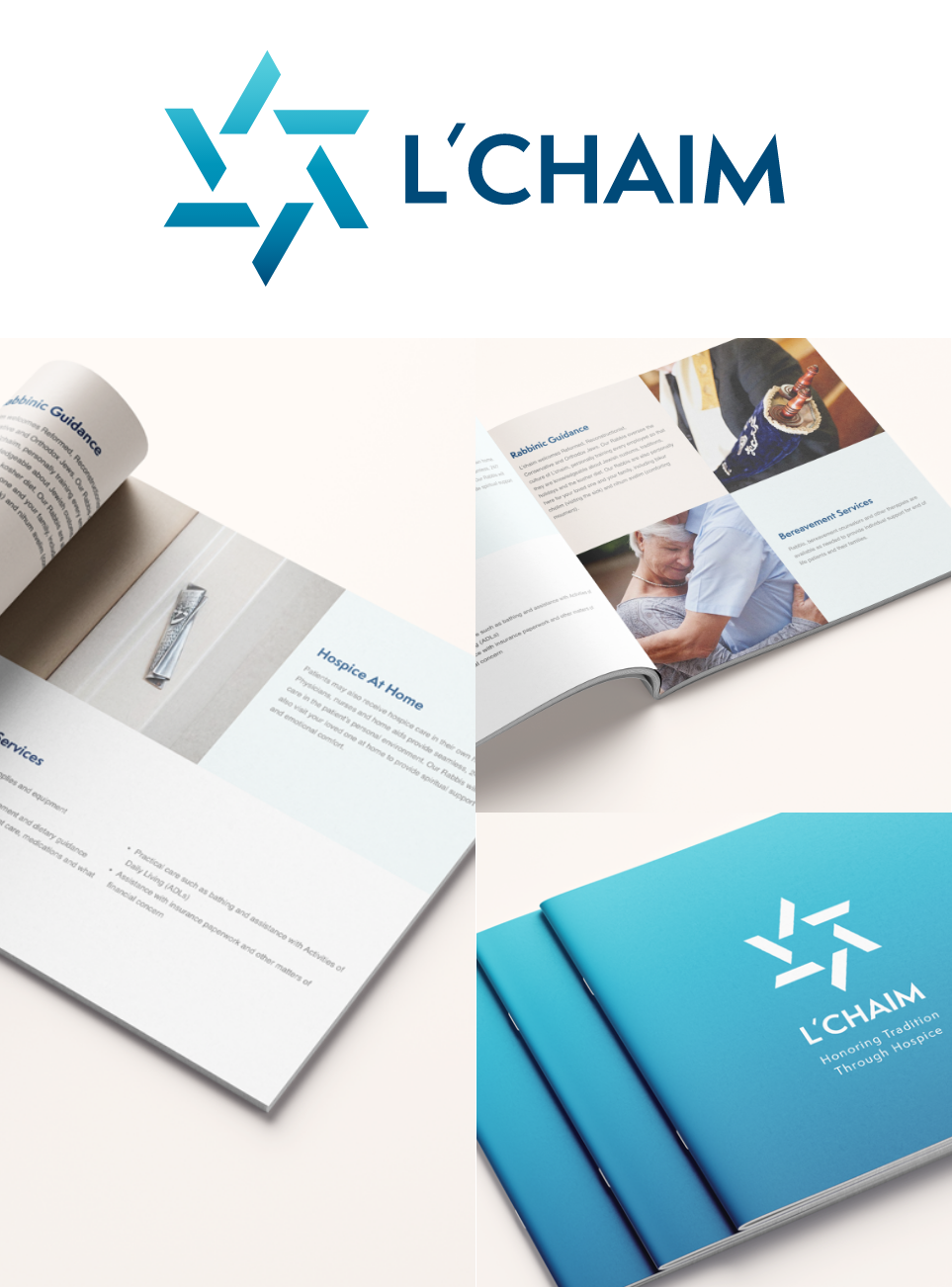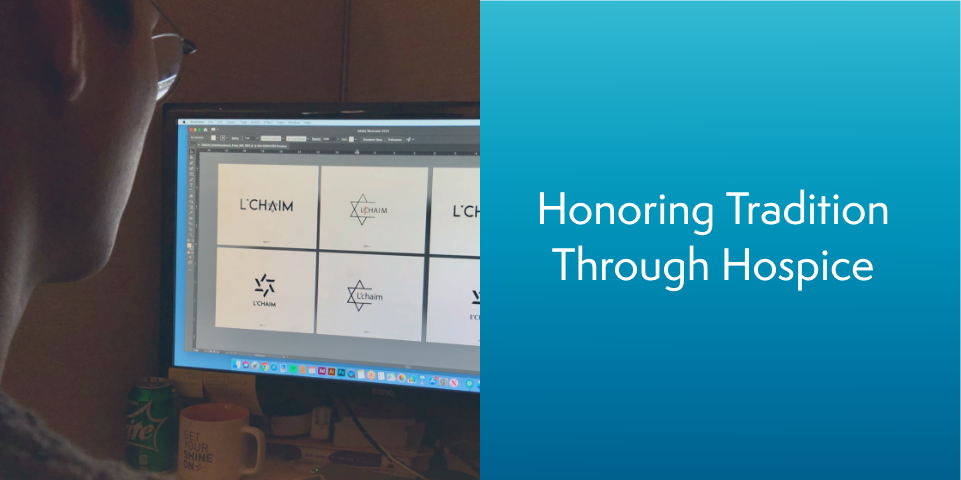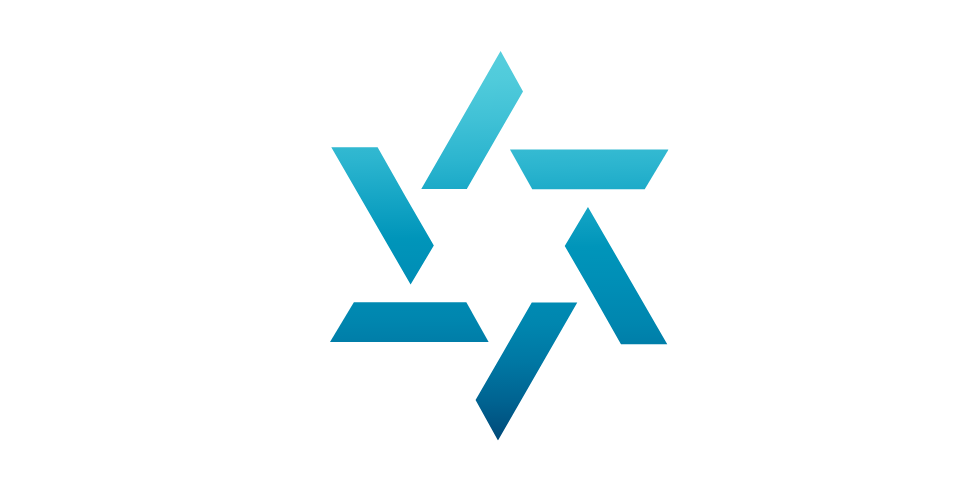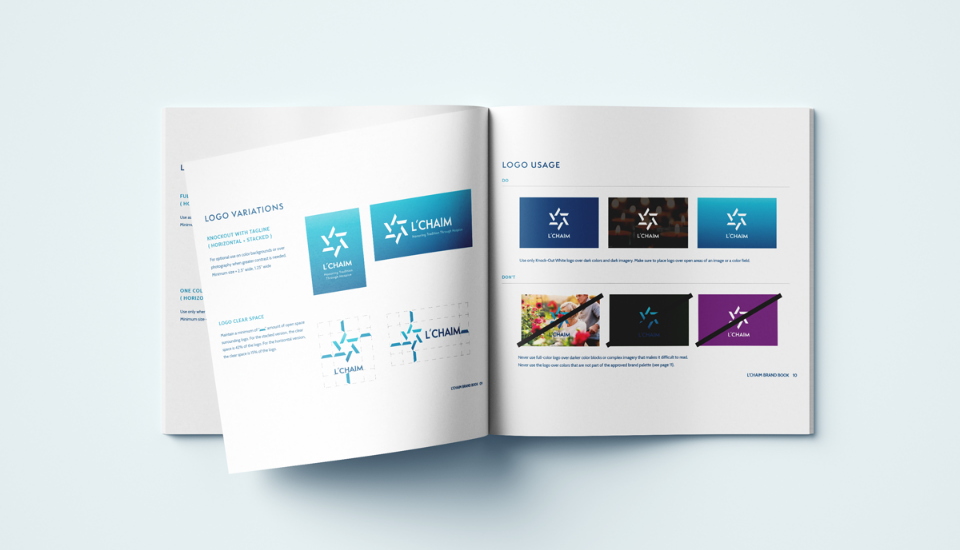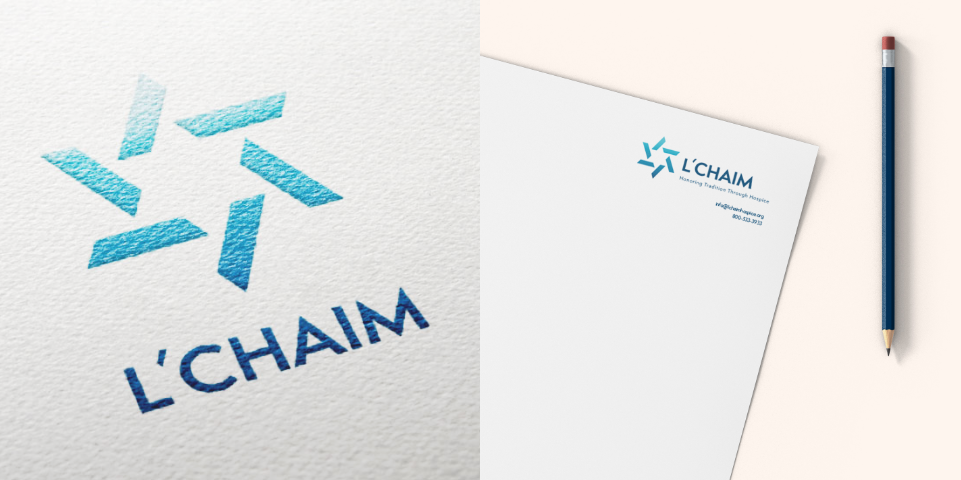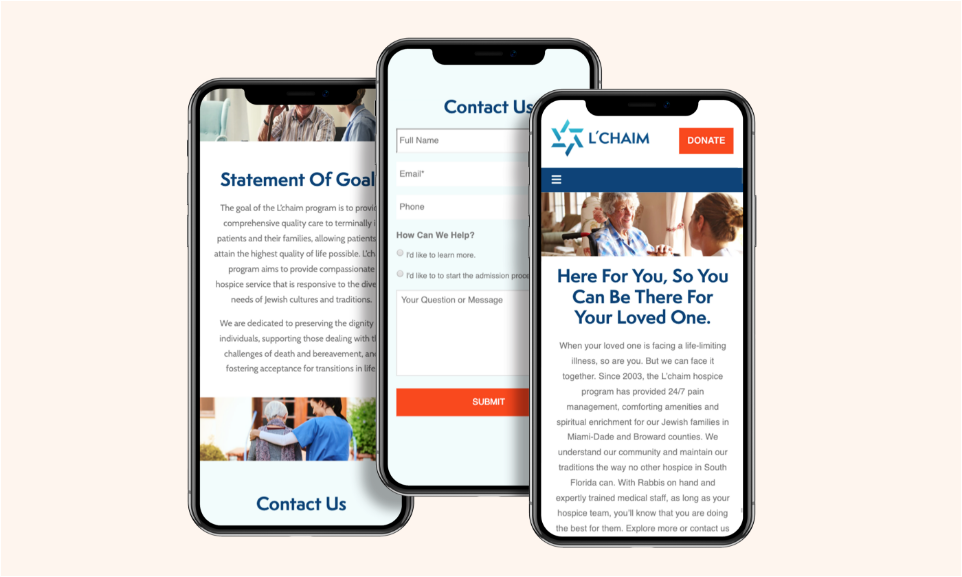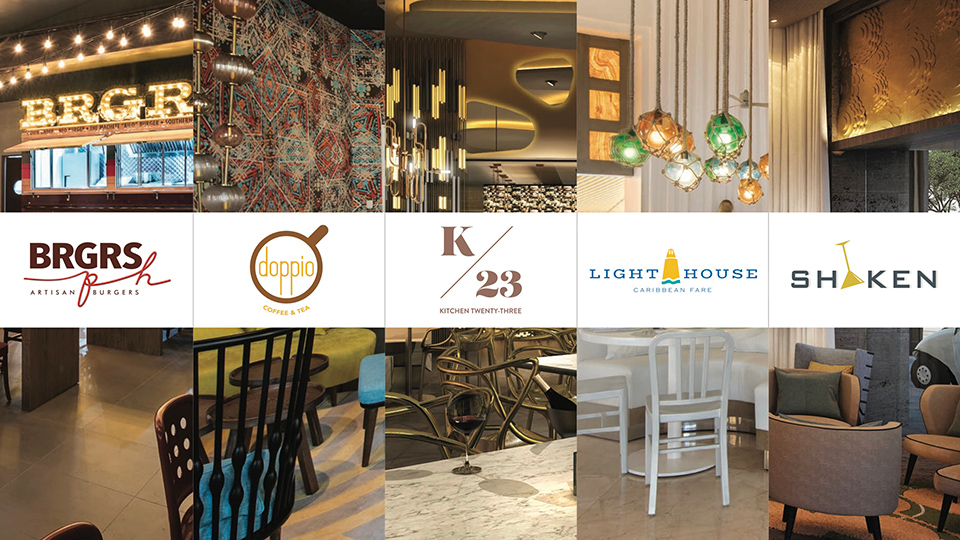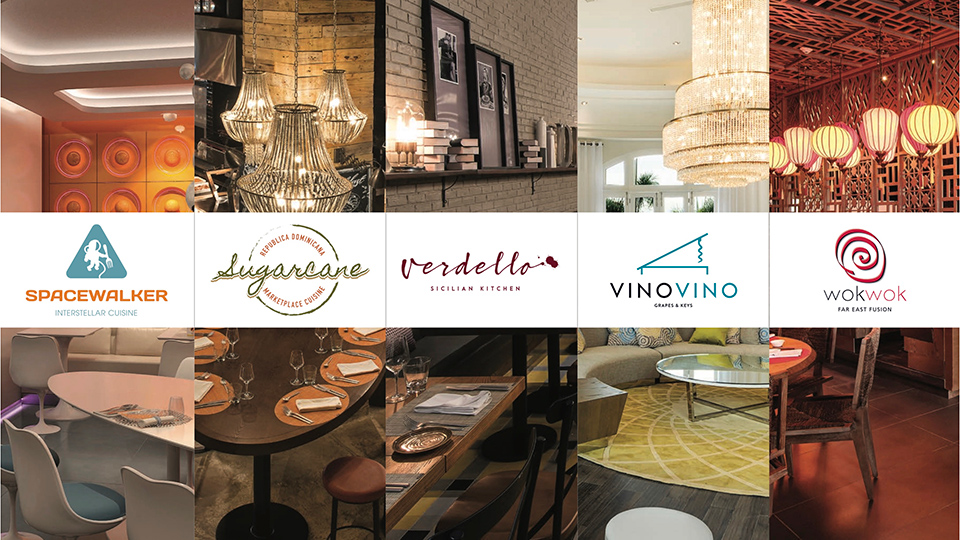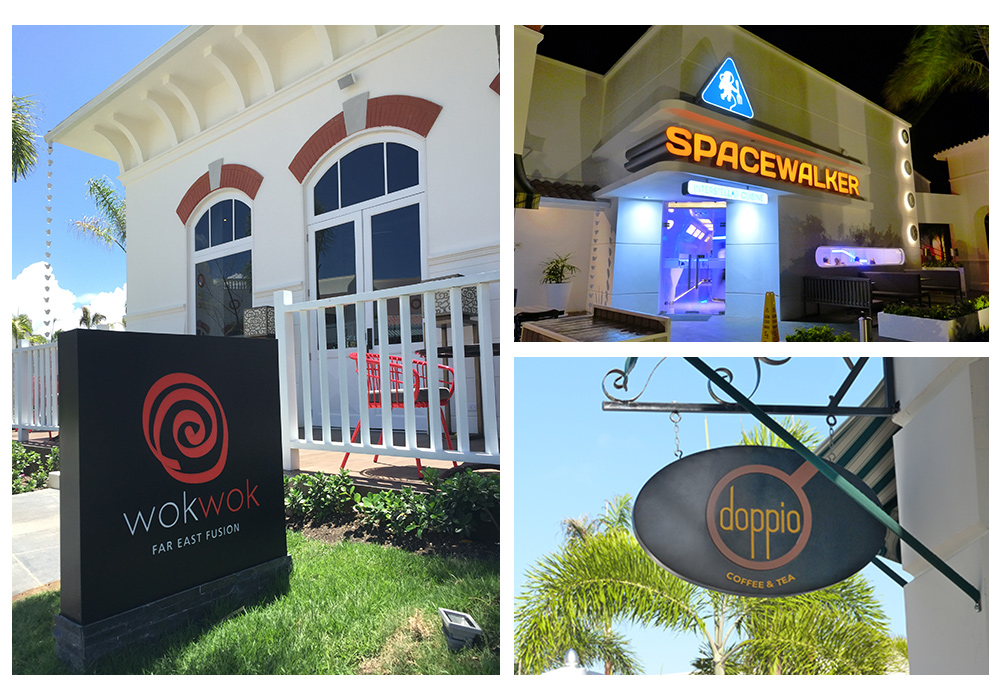Agile Methodology: The First Four Years of Starmark’s Journey
Well, that happened fast! Sprint 104 marks four years of Starmark being an Agile Agency. That’s four years of learning, four years of trying new things and four years of improving our approach. And we’re not done yet.
As one of the nation’s few full-service Agile agencies, we’re a bit of an oddity. Based on numbers from the 4As, out of 18,000 full-service agencies, only about 1,000 (0.5%) follow some sort of Agile practices. And the fact that we’ve been at it for four years does give us a bit of elder statesman status in that regard.
That’s probably why our President, Jacqui Hartnett, was asked to speak about how we operate at the 4As Management Practitioners Forum this spring. It’s also why The Wall Street Journal interviewed Starmark this August for an article on Agile as an emerging movement within the business community.

Obviously, we were honored by these opportunities, and we appreciated having a platform to talk about what we honestly believe is a far better way of working for agencies and marketing departments. So much of the conversation about Agile is dominated by software specialists and web development firms, but the marketing world has as much, if not more to gain from going Agile.
As we’re reflecting on four years of learning and growing, we feel it’s time to share our experience in the hopes that other Naturally Occurring Chaotic Organizations (NOCOs, as Jack Skeels of AgencyAgile dubs marketing outfits and other lightning-in-a-bottle-type companies) can benefit. So, if you’re an in-house agency or marketing department that’s curious about how you can become Agile, this is the article for you.
So, without further ado, enjoy a bit of our gonzo journalism as we take this trip in reverse, charting our biggest learning milestones from 2019 all the way back to 2015 when we got started.
Lesson learned: Make specific commitments every single day
We call check-in the most important meeting of the day — and it’s how we start every single day at Starmark. It’s nothing magical — just a quick stand-up meeting that gives the team a forum to report on accomplishments and make commitments with each other for the day.
Managers observe the meeting to get a rundown of every project for every client — in 20 minutes or less. That’s way better than a series of hour-long internal status meetings peppered throughout the week.
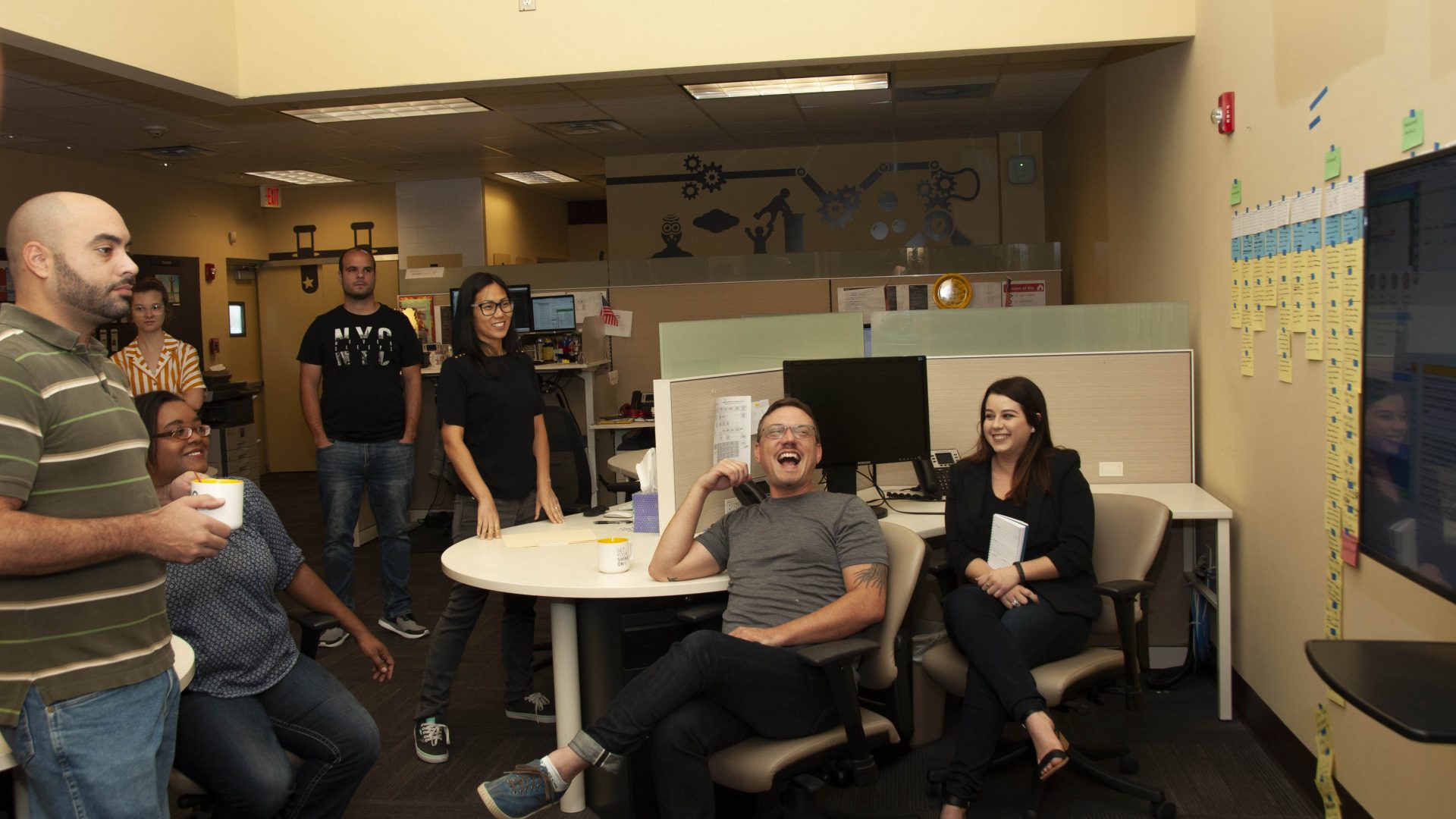
Our focus in Q1 2019 was to optimize check-in to improve the value and relevance. So, let’s talk a little about what check-in is not:
Check in is not:
- Run by managers
- A status report
- A place to talk about how busy you are
Check-in is:
- Focused on my team-relevant accomplishments since the last meeting
- Creating a plan for the day
- A discussion of collaboration, resources or help needed to get it done
In our most recent optimization in 2019, we focused on improving the value and relevance of our daily check-ins — more of what it’s supposed to be and less of what it’s not. Here’s what we learned:
How we make our commitments more specific:
Here’s an example: I’ll have 80% of the homepage styling implemented today so we can complete the button behaviors together tomorrow. Here’s another one: If we spend the morning on the third campaign concept, it will be finished enough to user test this afternoon.
We all coach each other constantly, but our commitments are getting more specific every day.
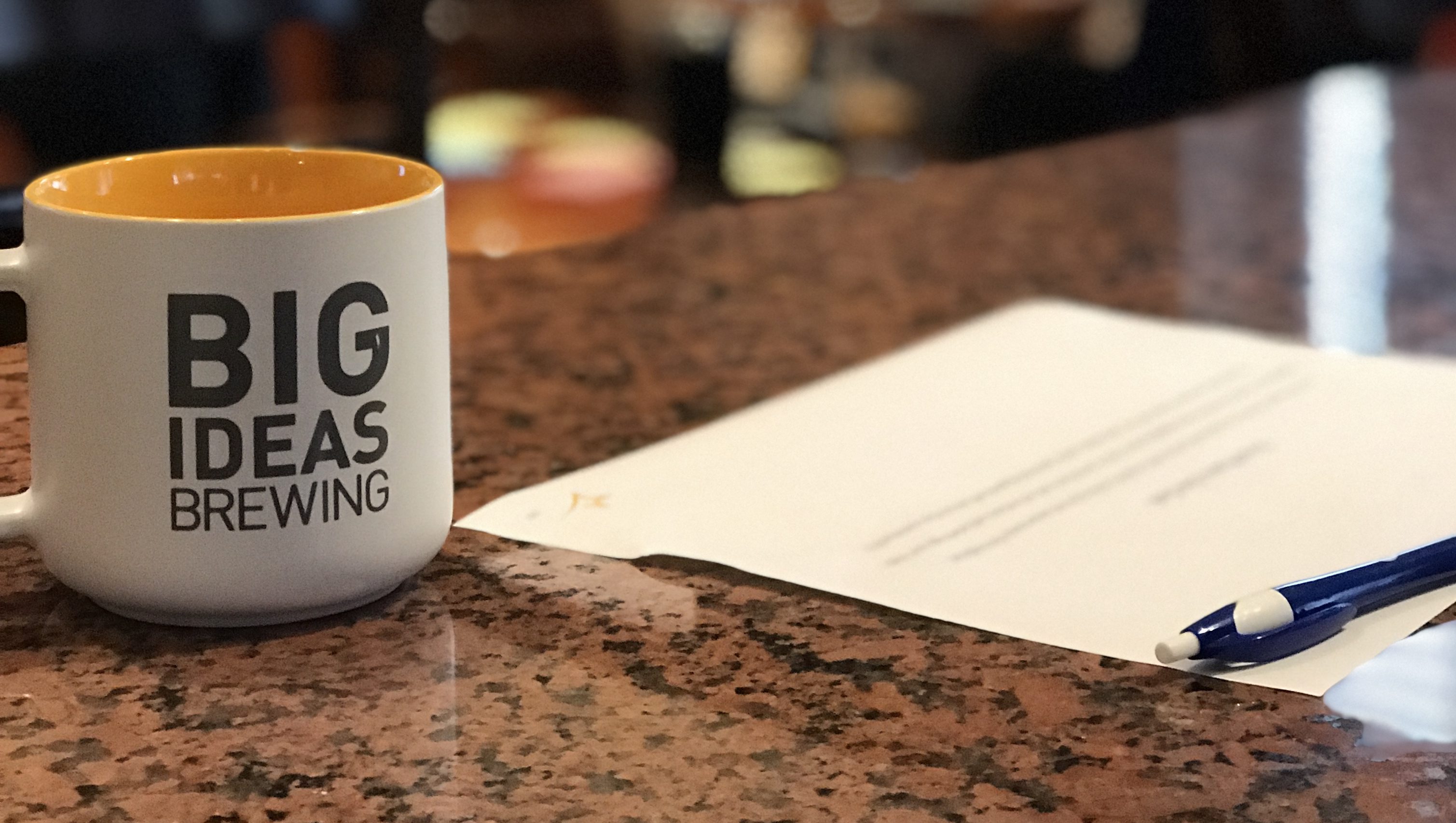
What we’ve seen is that our handoffs and collaboration happen more seamlessly throughout the day because we’re being specific about when, how and why it matters. Collaboration and co–work are deliberate processes that happens better and more frequently when we plan for them and and share responsibilities.
Lesson learned: It ain’t about the status. It’s about the work.
We split our morning meeting into a check-in using the rules above followed by review of the Kanban board (our version of a status board) to discuss where stories are in the workflow. Doing things this way, the team stays more engaged, and the meeting moves along more efficiently.
Fun fact: Toyota invented this type of status board for lean manufacturing in the 1970s. In Japan, it’s called a Kanban, and that’s still what we call it today.
Each team member walks into check-in each morning with super brief, highly relevant statements that answer three big questions: what I accomplished, what I plan to accomplish, what I need in order to do it.
As a result, our check-ins are not about what everyone worked on, it’s about what we accomplished and plan to accomplish. It’s not about the status of the work; it’s about how to create progress on the work.
Lesson learned: We had to stop treating our clients with kid gloves
Agile is about radical transparency. It’s a tough pill to swallow when you’re an account manager who has spent a career acting as diplomatic go-between for a client and agency. Putting this lesson into practice has been a long-haul process. But getting over the hump has changed our behavior and our client relationships for the better.
To do this, our account managers and agency leadership had to learn to trust. This optimization cycle has been all about opening the client relationship to be a more transparent and inclusive relationship between our clients and the entire Starmark team that serves their business.
What that means in practice is that everyone at Starmark is client-facing. Every team member roadmaps with our clients — from the newest back-end developer to our most seasoned creative director.
We all present our work in progress. That means we share work product with clients earlier and in a less polished state. It gives our clients the ability to shape the direction of the work more effectively, but it also means we need to be a bit unguarded with what, when and how we share work.
Lots of agencies present themselves as a magical box where the client inserts a brief in one end and gets beautiful, completed work out of the other side six weeks later. Perhaps it happened this way once—on a perfect, balmy Wednesday in 1996 when the planets lined up in perfect syzygy on the vernal equinox. But, seriously, it never works like that in the real world of real, complicated marketing problems. We’ll take the transparency and collaboration of our approach over the old way of doing things, any day.
The outcome of accepting a little bit of discomfort and vulnerability is that we now enjoy more earnest and respectful relationships with our clients that are based on trust and mutual understanding with a whole team—rather than a single point of contact. And now our account managers have more time to dedicate to providing strategic direction and stewarding our clients’ brands.
Lesson learned: Healthy retros make us a learning organization
Sprint Retrospectives are an essential part of our philosophy of continuous improvement. It’s a concession that we’re not perfect and that things can always be better, which is what defines any learning organization. The arbiters of what’s better are the team members who work here.
In the Agile environment at Starmark, we end every two-week sprint with a retro — a time to reflect, celebrate the work and talk about ways we can improve our approach in the future. During retro, team members and managers make recommendations that fall into one of four categories—Start, Stop, Speed Up and Keep On.
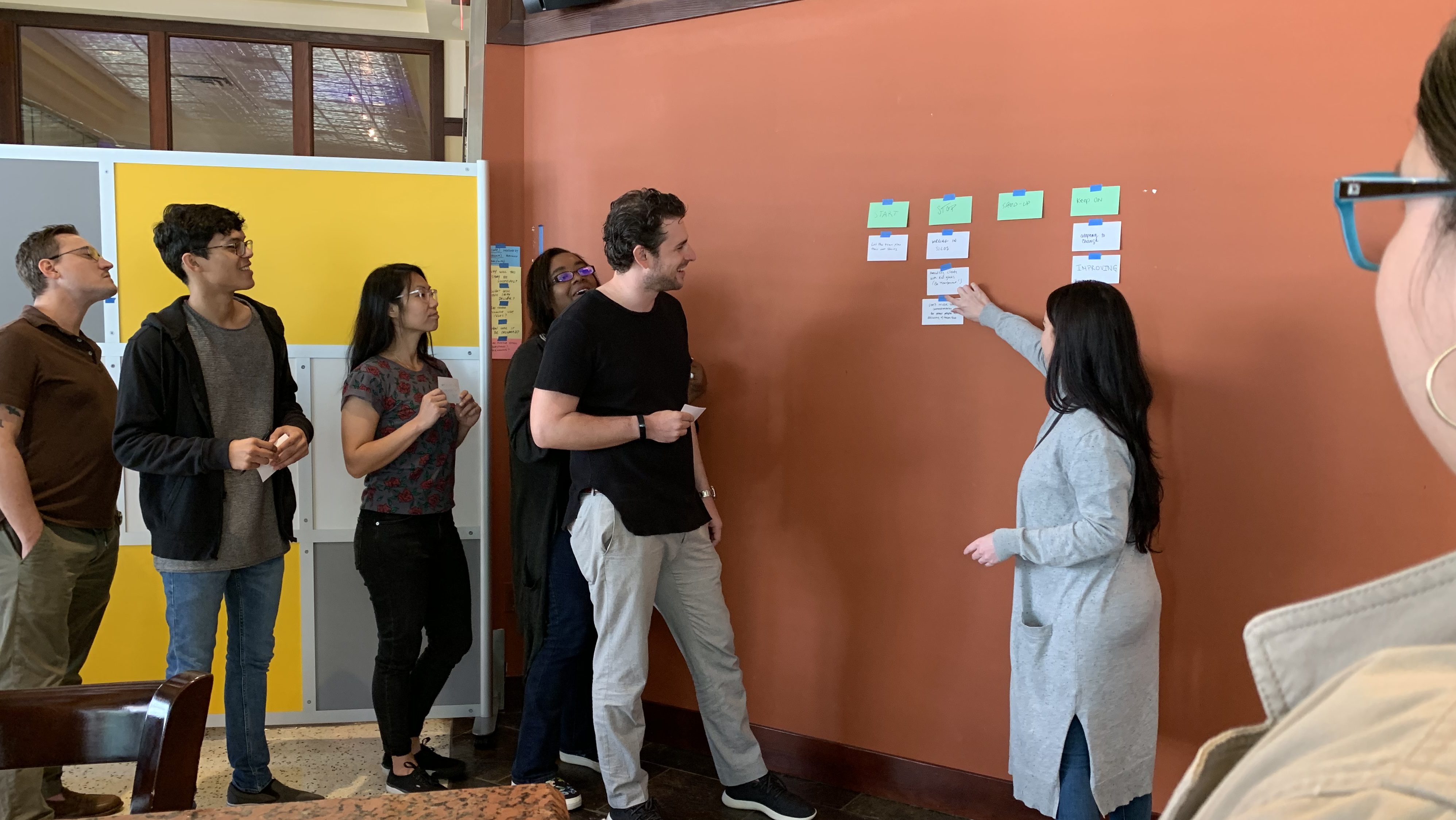
In late 2018, we felt our retros were getting a little stale. The number of recommendations from the team was dropping, and our get-togethers had devolved into a recitation of birthdays, anniversaries and client announcements. In short, our retros weren’t very retrospective.
Getting back on track started with a frank discussion about what retro is supposed to be—run by the team for the benefit of the team. It was eye-opening for all of us. Since management was doing most of the talking about completed work and client wins, many new Starmarkers didn’t realize it was a team-owned meeting.
The team consensus was to change the order to start with a team-curated showcase of work, then a quick retro followed by announcements. Since then, things have improved. Retro participation is on the upswing, and someone’s showing off great current work at almost every retro.
Lesson learned: Progress isn’t a straight line
Being Agile is part of our larger commitment to be a learning organization. The suggestions from our retros become sprint goals and pilot tests that we use to improve our approach.
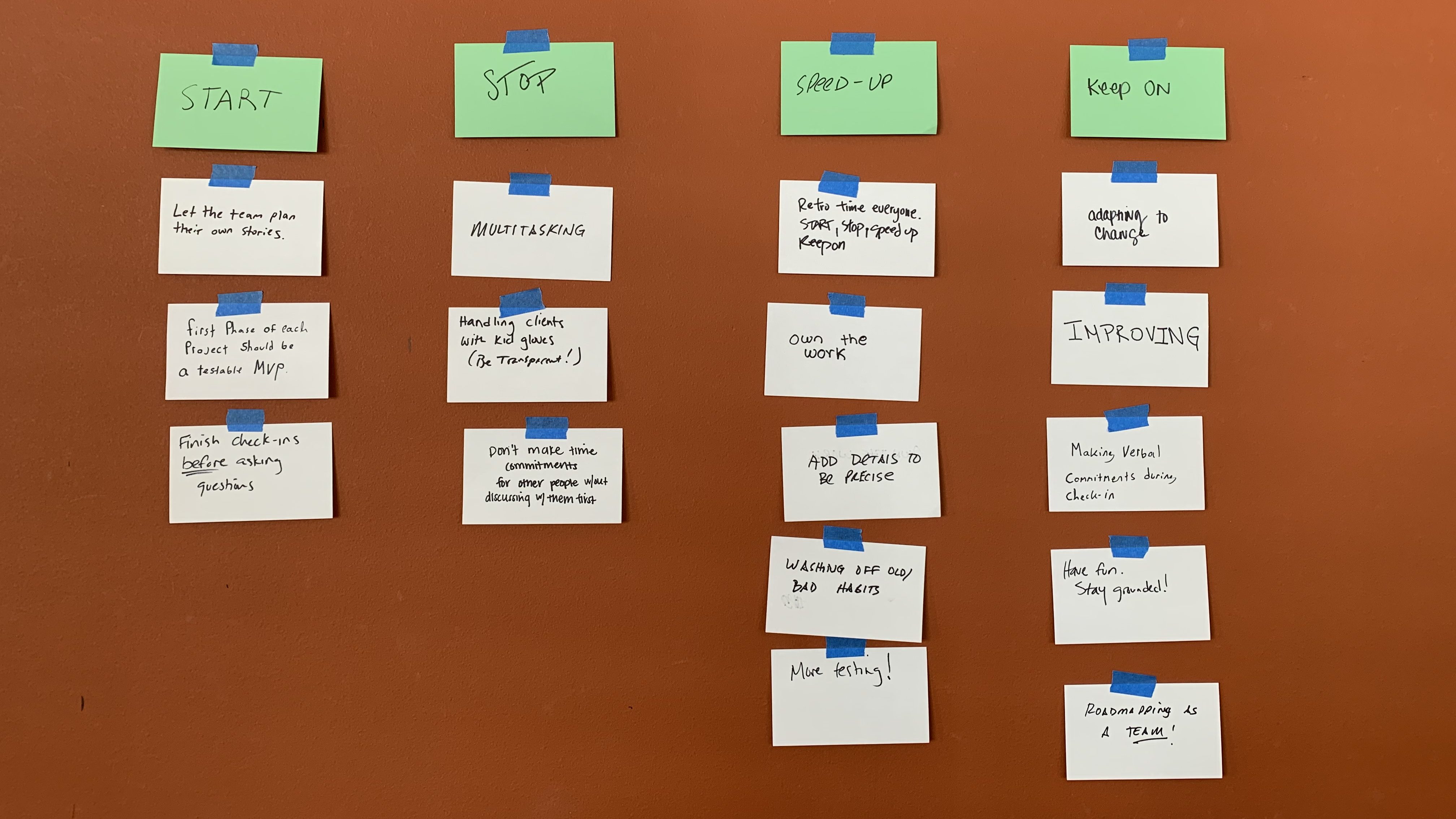
We try things all the time based on suggestions from retro. Sometimes we pilot an idea with a single client or in a single workstream. Some give us that a-ha moment where there’s an undeniable improvement in how we work. Some ideas need refinement before they’re rolled out. And some ideas we abandon because they simply don’t work. Hey, that’s what trying stuff is all about: learning as much from the failures as you do from the successes.
TargetProcess is the software we use to manage our workflow. As an Agile organization, they tracked their retro optimizations for 50 months and reported on the results here. It’s a great read and a great example of the twisty line toward progress that learning organizations can expect.
Lesson learned: Planning is our greatest competitive advantage
Roadmapping is the collaborative, team-driven planning process we use at Starmark. Based on client input, the team involved in the project plan the specific deliverables—called stories—that will achieve a successful project.
In 2017, the time was right to refresh our roadmapping skills. Our team had the basics down and was doing a good job getting new members up to speed. It was the perfect opportunity to focus on some specific tune-ups to our approach.
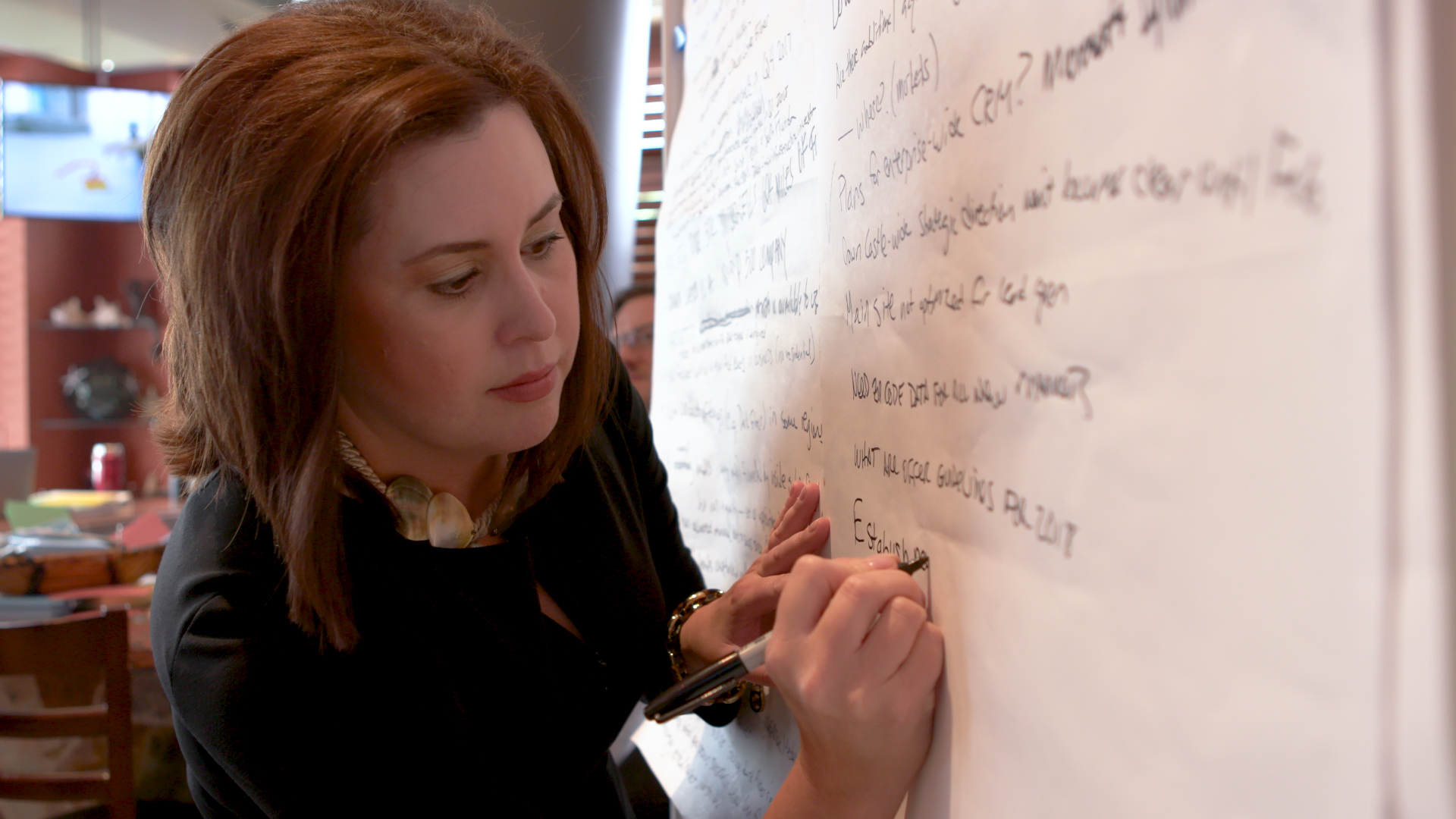
A major part of this session with AgencyAgile was improving our understanding how each of us processes information and learns in a different way. It was a reminder of how important the Visual, Auditory and Kinesthetic (VAK, for short) memory triggers are for creating a memorable roadmap.
The point of roadmapping in person, physically writing cards, reading them out loud and tacking them to the wall is to create three distinct processing and memory cues for both our team and our clients. So whether a person is a visual, auditory or kinesthetic processor, he or she will get the appropriate triggers to commit the material to memory.
We made some changes to the way we write, present and organize stories (a story is a discrete deliverable within the scope of work) on the wall to improve the VAK value for everyone involved. We also focused on writing better success criteria. Every story in a roadmap has success criteria. That’s exactly what it sounds like—a list of attributes that will ensure the story is successful. We focused on coaching to make sure we weren’t trying to solve the story with the success criteria or creating a to-do list of tasks. It was a good opportunity to reset our approach to focus more effort on broadly defining what the successful completion of the story looks like, without resorting to jargon.
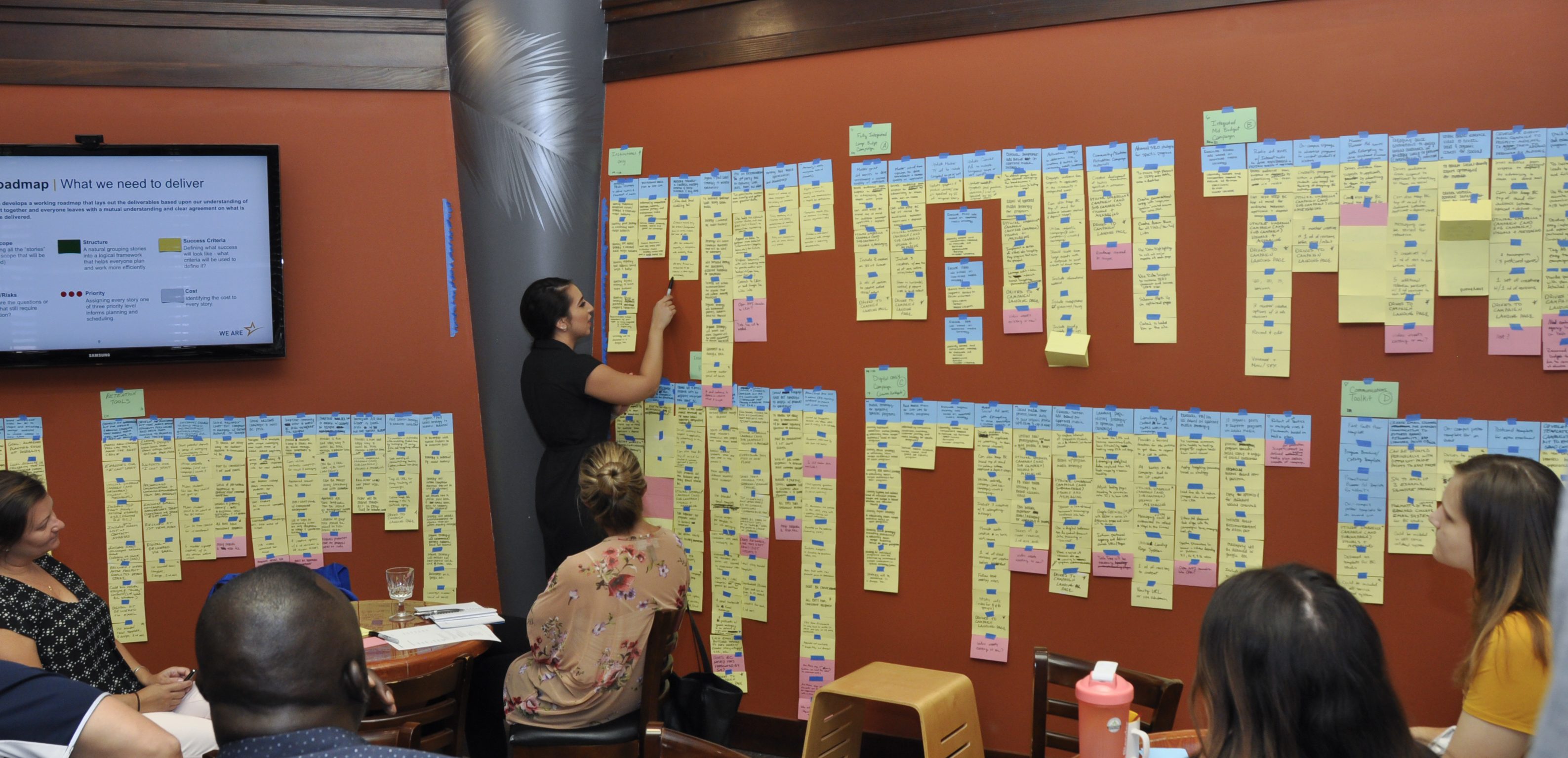
After this, we noticed our client walkthroughs were going more smoothly with more back-and-forth discussion. Ultimately, this addressed some remaining sources of scope creep by learning to write for understanding.
Lesson learned: Every large successful project is the product of many small successful projects
In Summer 2016, our focus was on improving our sprint planning to create more focus and more value for our clients. A sprint is a discrete period of time dedicated to completing work, and at Starmark our sprints are two weeks long. Remember—part of what makes Agile so different is that our teams commit to deliver completed work every sprint.
Every two weeks, we focus on completing a group of stories for each of our clients. The goal is that, by the end of the sprint, the client has reviewed and approved a grouping of stories (actual deliverables) that meaningfully progress the project. It’s a core element of our Agile approach—and it takes a lot of planning to get it right.
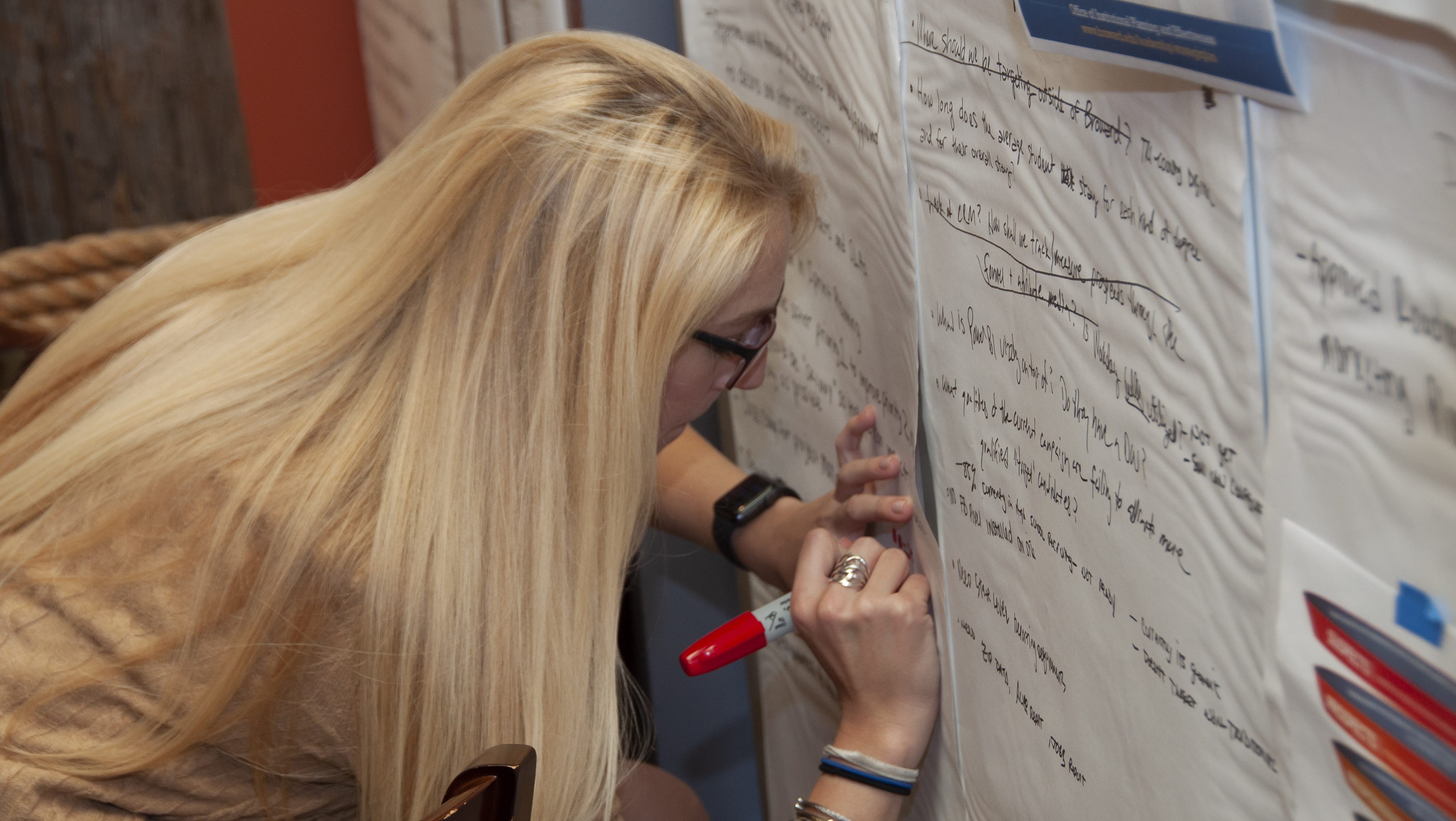
Now, whenever we roadmap a project, we project plan the resulting stories into sprints. Then, at the start of each sprint, the team examines the candidate stories for the sprint and makes an achievable plan to deliver completed work. Managers represent the clients’ priorities, and the team sequences the work in the way that makes sense. After all, the outcome of sprint planning is a plan for success.
Lesson learned: One size doesn’t fit all
Maintaining an Agile team structure means keeping things tight. In Fall of 2016, we had added new accounts and new team members, and sprint planning was becoming painful. We realized the time was right for Starmark to undertake a rite of passage for any Agile organization—splitting into two independent workstreams that serve different sets of clients.
The workstream split helps us structure teams in a way that best meets the needs of our clients. Keeping them small means that we’re able to sprint plan and deliver more reliably. Every sprint each workstream delivers completed work for its clients.
Splitting the workstreams dramatically reduced the complexity of sprint planning for both managers and the team. Think about it: instead of navigating 100% of the work and uncertainty for the agency, for each workstream, the problem became half as complicated. What a relief!
The workstream split helped us move past a mindset of scarcity to one where we were able to make realistic commitments each sprint to deliver a body of work that makes sense for each client.
Lesson learned: There Is No Agile Without Roadmapping
In August 2015, Starmark shut down the agency for four days while AgencyAgile trained the whole staff to roadmap. This was a big, scary investment of time and energy, but it was the only way to learn.
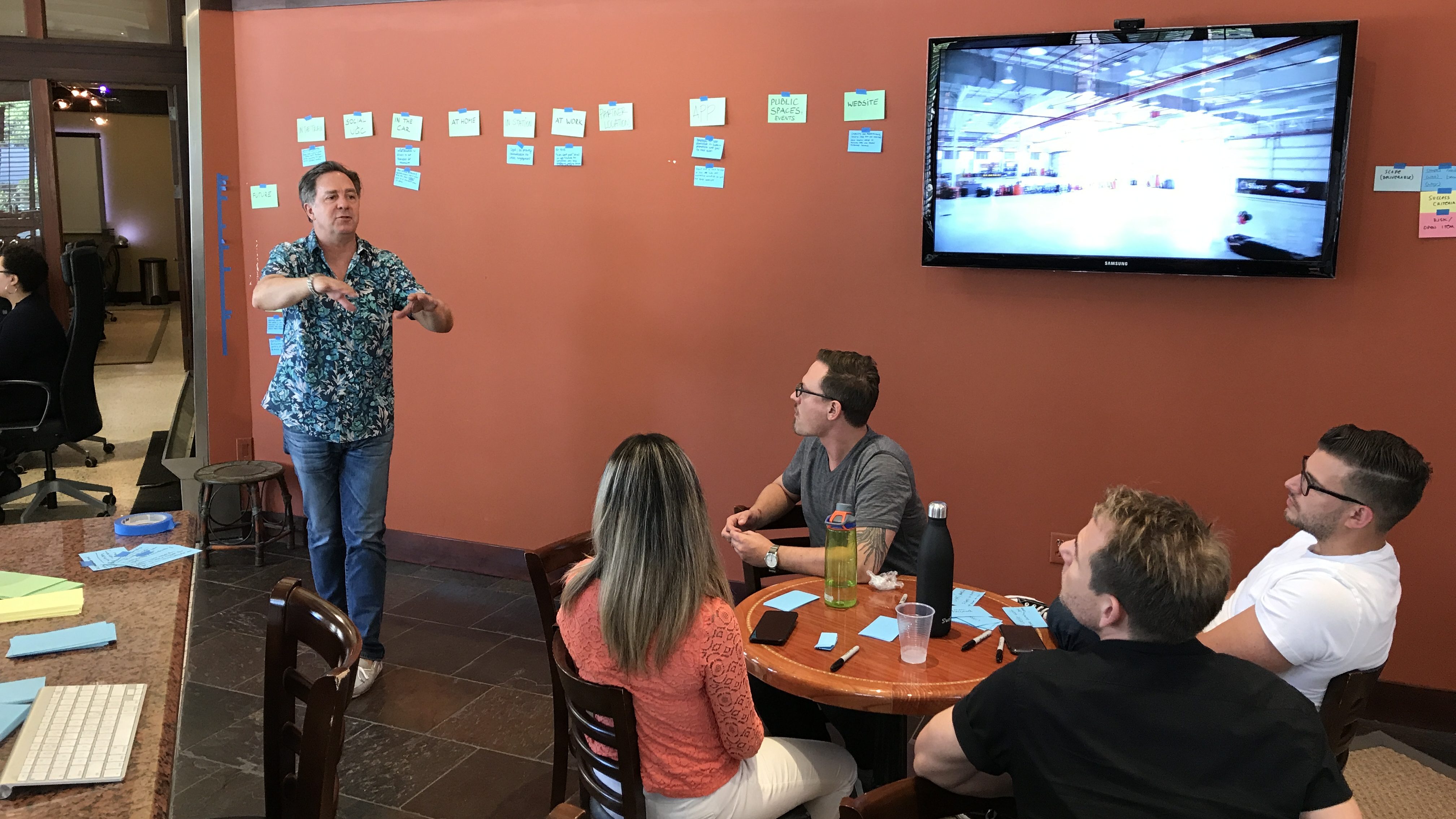
Roadmapping was — and still is — the most important and fundamental part of our Agile transformation. It puts the team doing the work in the driver’s seat—because we are the ones who plan the work. Without that foundation, there is no Agile team.
What we learned is that Agile is challenging. Agile takes commitment. But it’s something everyone is capable of being. The biggest barriers are letting go of what the past has taught us and committing to constant improvement.
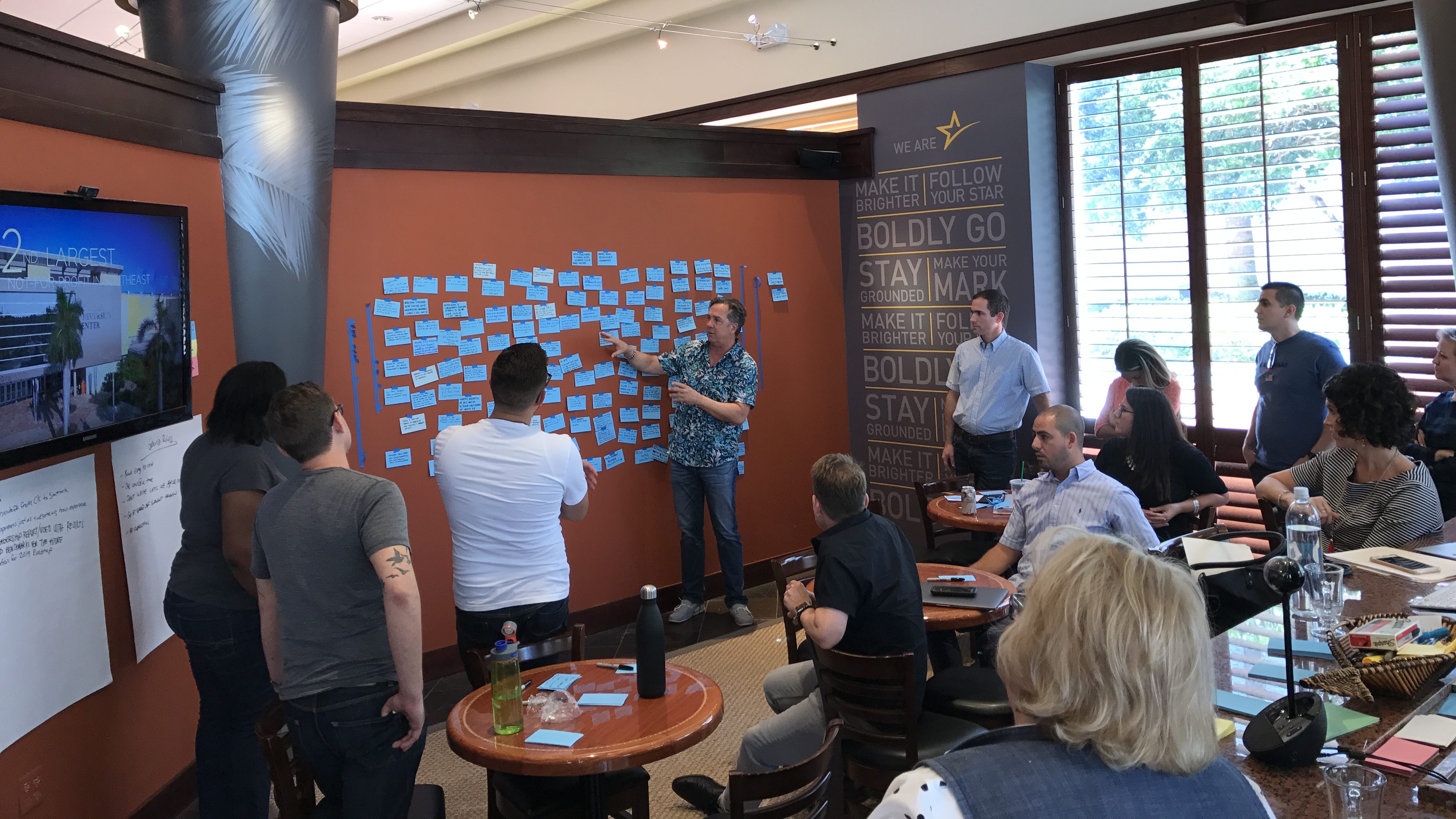
This training also shed light on how often we talked past one another or communicated without creating understanding. Eliminating jargon and going at the speed of the slowest person were two massive changes that improved our ability to create mutual understanding within the team and with our clients.
Each day, when our heads were full to bursting from hands-on roadmap training, AgencyAgile gave us breaks with discussions of the science and philosophy behind Agile. They shared anecdotes about X versus Y management styles, how people adapt within each system, firefighter syndrome and the psychological benefits of the team doing the work being invested in the work. Understanding the why behind Agile Methodology is ultimately more important than understanding the what.
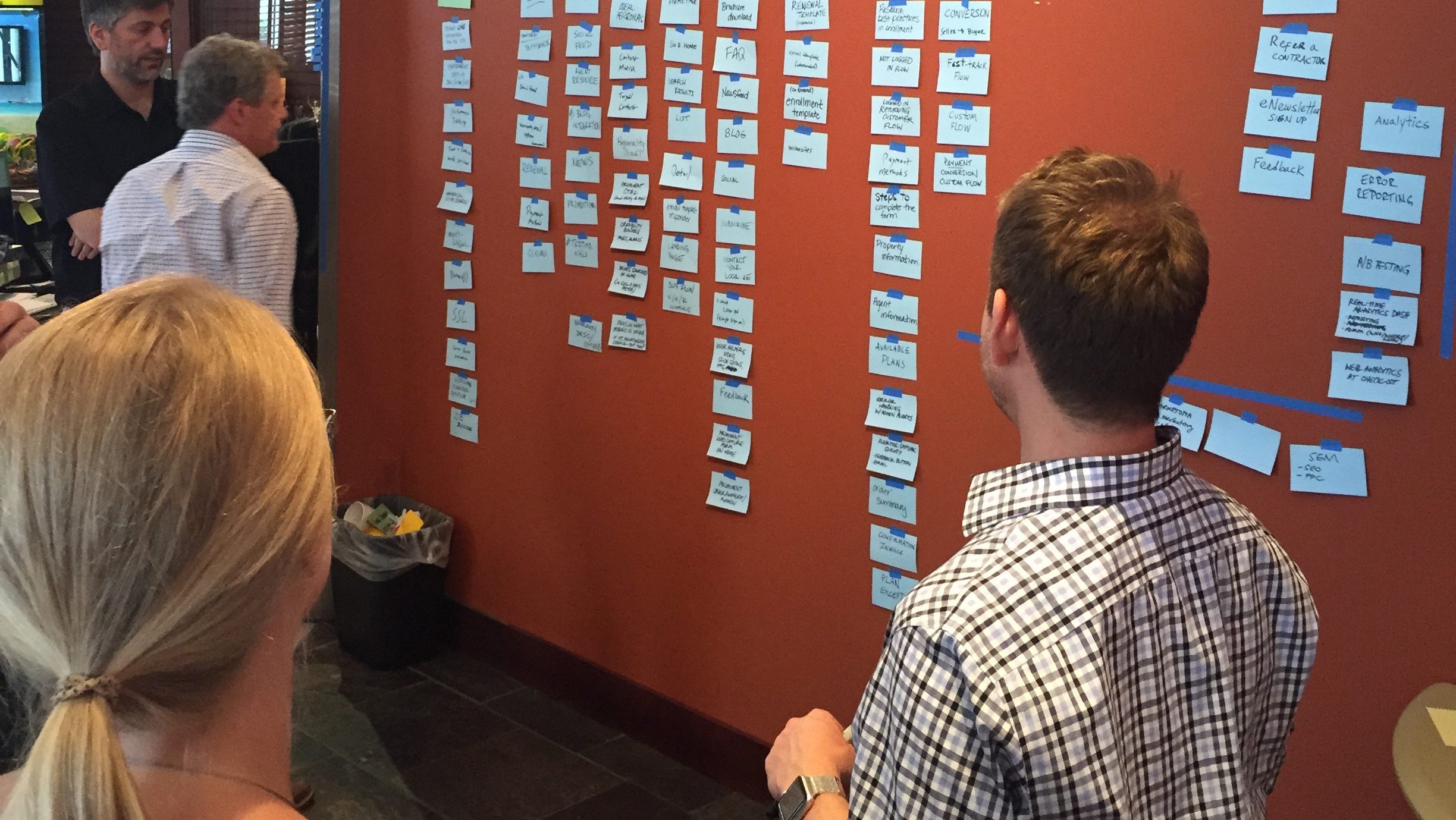
Why Starmark went Agile
And that leads us to why Starmark wanted to be Agile in the first place. We look for and hire people with unique perspectives and entrepreneurial inclinations. Prior to 2015, the digital team had been using Agile to manage their workflow and team dynamic for about a year, so we had a first-hand understanding of the benefits for our clients: higher satisfaction, reduced costs, greater flexibility. We also had a better understanding of the benefits for the team: greater transparency, less noise and less waste.
The result was higher morale and investment in the work. Basically, more was getting done — more efficiently and with more satisfaction for everyone.
We see those benefits today company-wide. They just get stronger and more entrenched as we continue this journey, but it is a journey, no doubt. We know that without constantly challenging ourselves, Agile just doesn’t mean as much. After all, what’s the point of being capable of bigger and better things unless we actually chase those aspirations.
How to get started
In our experience, it was beneficial to discuss and plan for our Agile transformation as part of our annual planning cycle. It’s a big change that requires significant planning and commitment.
Personally, we recommend starting with roadmap training. It is absolutely the cornerstone skill for any Agile team. After all, the team that plans its own work is a team that’s equipped to plan successful sprints and run high-value check-ins.
Better planning is what roadmapping is all about, and it’s a surefire way to see results quickly by eliminating waste and misunderstandings while improving team ownership and transparency.
If you’re an in-house agency or marketing department looking to go Agile, we recommend working with an outside consultant. Get in touch with us, and we can either help you ourselves or connect you with the right resources.
